Defending From Dusk Till Dawn
Released:1996
Director: Robert Rodriguez (Desperado, Sin City)
Writer: Quentin Tarantino (Pulp Fiction, Kill Bill Volumes 1 and 2)
Cast: Harvey Keitel, George Clooney, Quentin Tarantino, Juliette Lewis, Ernest Liu, Salma Hayek
Synopsis:
Two cavorting outlaw brothers (Clooney and Tarantino) kidnap a preacher and his two children (Keitel, Lewis, and Liu) on their way to the Mexican Border. On the way, a stop at the aptly named nudie bar Titty Twisters takes a turn for the worse when the pub turns out to be a bastion for hundreds of grumpy vampires including the sultry (but crabby) Santanico Pandemonium (Hayek). Chaos ensues.
The Charges Against From Dusk Till Dawn:
– Second half (vampire half) ruins the movie
– Horrendously cheesy/underdeveloped plot
– Tarantino can’t act
– Not nearly as good as Predator
– That last one was a joke
The Defense:
Okay, ramblers. Let’s get ramblin’.
The three words most commonly used to describe From Dusk Till Dawn are trash, garbage, and genius. I’ve sat in the latter camp since I first saw the film some 9 years ago and I still sit there today, roasting awe-filled marshmallows over a fire of respect (My tent is a bad metaphor). In that time, I’ve gotten into more arguments about the third act of this film than I have about politics, religion, and Alien 3 combined. It seems that nearly every opponent of the movie gets their feathers ruffled when Hayek turns nightwalker and catalyses the blood feast. The first half is perfect Tarantino folks tend to say. Everything after Selma Hayek’s snake-dance is so stupid and cheesy. One viewer even went as far as to say that, after the characters arrive at the bar, the movie‚ pussies out.
I don’t think I’m alone in disagreement or, at the very least, in the inability to think of any situation, cinematic or otherwise, in which the appearance of 100 ravenous vampires would constitute ‚pussying out.
Ultimately, I guess I’m less surprised that people dislike the third act so much than I am confused as to why they love the first two so much more. At it’s heart, From Dusk Till Dawn is an experiment in genre that takes the pulpiest touchstone elements of two extremely visceral filmic phenotypes and places them together in a way that values suddenness over subtlety.
Without the transition, the film plays out pretty simplistically as an exaggerated crime flick, which, while well made and self-aware (as all of Tarantino’s work is) isn’t particularly memorable otherwise. It’s in those few seconds, love them or loathe them, when vampire hell breaks loose and the strippers turn Dracula that ultimately proves the film as a self-conscious genre experiment set out to show that going from the violent antics of a deranged bandit flick straight into a splatterfest pulp horror climax makes for a movie that’s, in the most basic sense, awesome. Its ability to deliver really compellingly cool action sequences and dialogue within the existing framework of two genres that are both overdone and, moreover, overdone poorly give it credibility as a film that works the way it does not because of some subconscious adherence to clich√©s or standards but because of a deliberate sense of purpose.
Never, however, does the film dispel these genres by perpetrating any kind of fancy tricks beyond the above par filmmaking and writing. It is a celebration of the kinetic viscerality of both types of films that, through elements like the sudden, unforshadowed transition, pays tribute every step of the way by adhering to each ham-fisted, gratuitous trope of pulp cinema from the strippers to the guns to the buckets of corn syrup. The addition of iconic pulp stand-ins such as Cheech Marin and Tom Savini only further emphasize that this is a pulpy film that’s meant to be viewed with the history of pulp film in mind.
The whole plot question really falls into the same category. Tarantino and Rodriguez aren’t trying to take these genres any places that they haven’t already been. They’re simply paying an extremely deft tribute during the coarse of which the perceived cheesiness of the genres in question is some times heightened to ensure that the viewer recognizes it as self-awareness rather than rote cliche.
While I don’t think Tarantino’s acting is a point that should even be discussed as a deal breaker in this film, I read several viewer reviews that were really adamant in their hatred of Quentin’s part in the movie. Really, though, I think it’s the best he’s ever done. He appears in Reservoir Dogs just long enough to make a Madonna reference and a poop joke and plays a ridiculously overacted Mafioso-turned-suburban-homeowner in Pulp Fiction. Here, as an awkward, sexual deviant and murderer who’s as pathetic as Clooney’s character is cool, the casting seems perfect. We’re meant to view him as an ugly, deranged misfit who’s only stock in any of the proceedings is his hip and worldly brother. For once, the weird discomfort that plagues Tarantino’s other two brief performances is put to great use.
In fact, it almost seems counter-intuitive to bother with film theory here. I saw this movie when I was on prescription acne medication and fascinated by the concept of a bra, and I thought it was awesome then. All understanding the context has done is led me to like it even more. From Dusk Till Dawn is really fun. It’s cool. There’s lots of blood and vampires and gangsters and strippers. People who can’t appreciate these genres for what they are without getting all uppity that it isn’t more like a thriller or a drama or something more ‚intelligent will probably never enjoy this movie. It isn’t a think piece. It’s a celebration of the history of cinematic excess and spectacle, made by two folks who just downright adore film.
And vampires.
Written by Finley

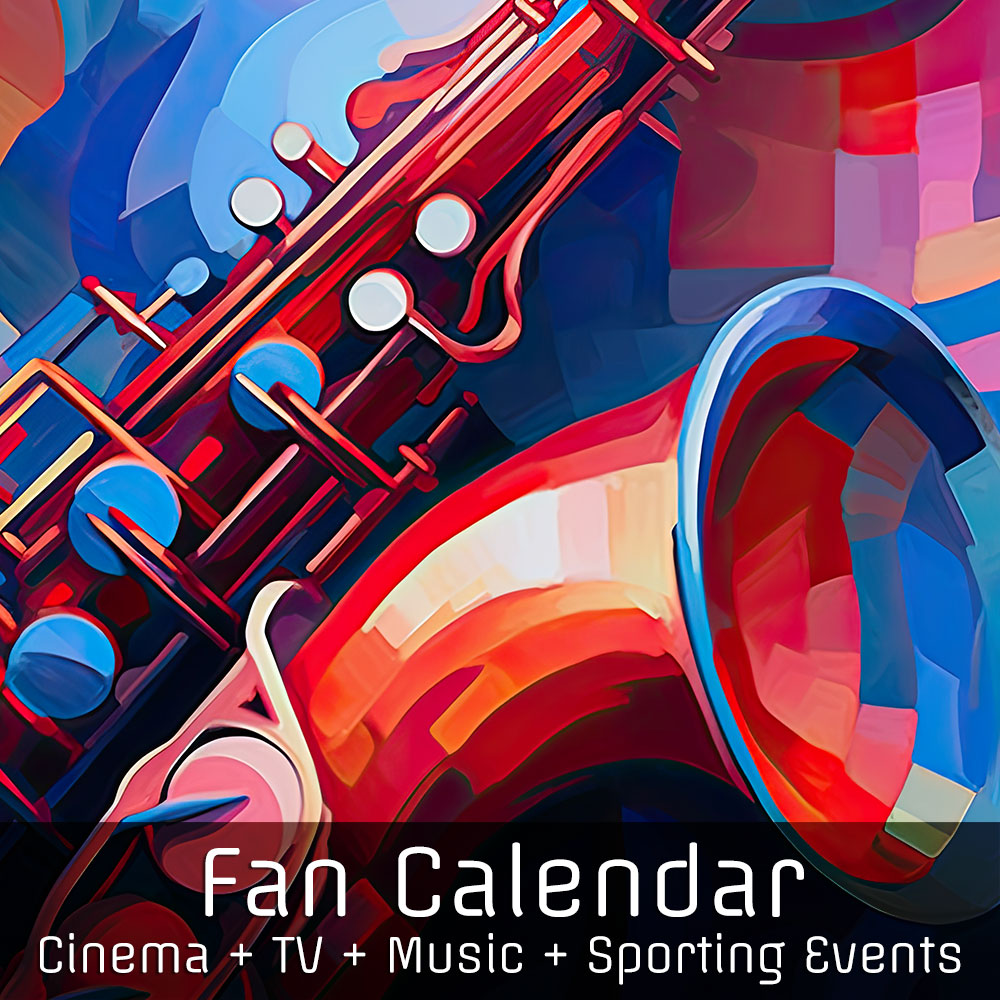

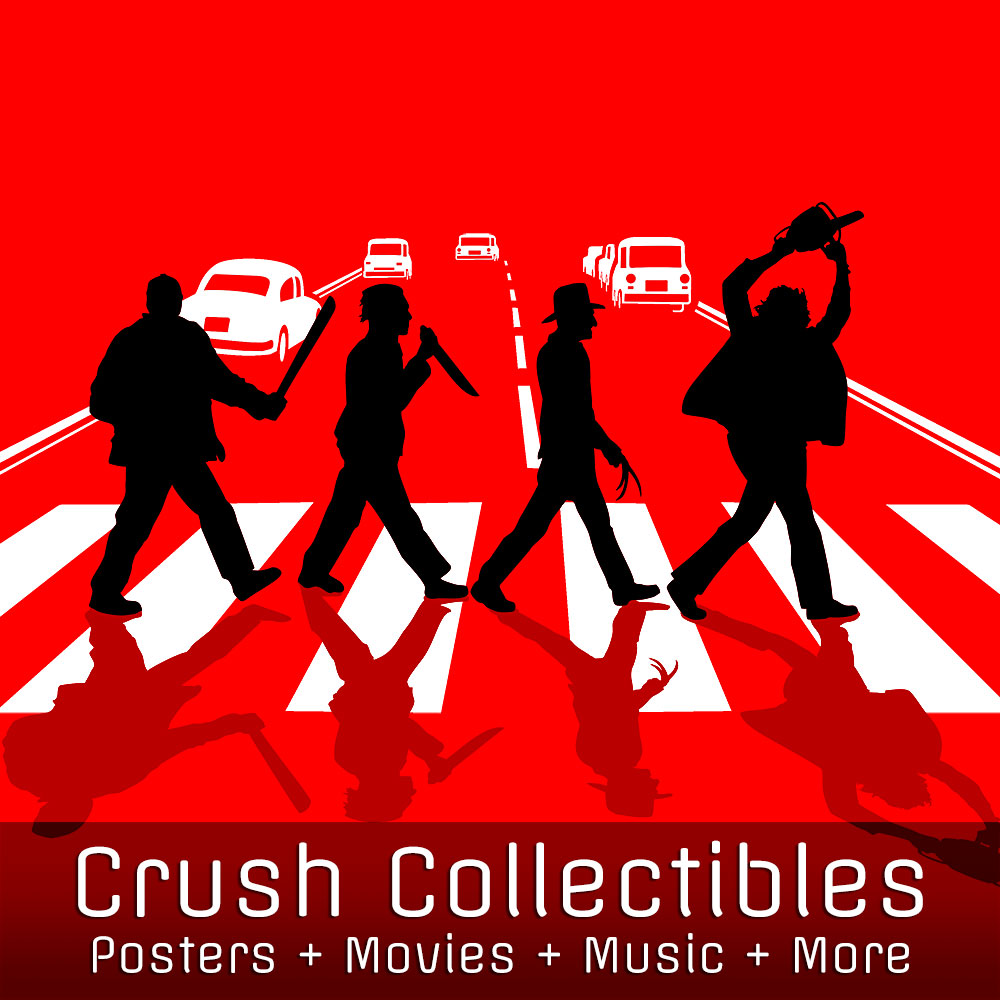



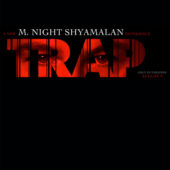
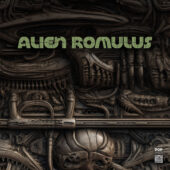


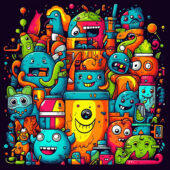










![Great China Theatre San Francisco 1960’s Photo [221110-2]](https://www.filmfetish.com/img/p/2022/11/221110-2-great-china-theater-11x85-web-170x170.jpg)
![Sexy Actress Apollonia Kotero Bikini Photo [210906-56]](https://www.filmfetish.com/img/p/2023/01/210906-56-apollonia-85x11-web-170x170.jpg)
![Actress Anna May Wong Rare Full-Color Photo [240325-38]](https://www.filmfetish.com/img/p/2024/04/240325-38-13x19-web-170x170.jpg)







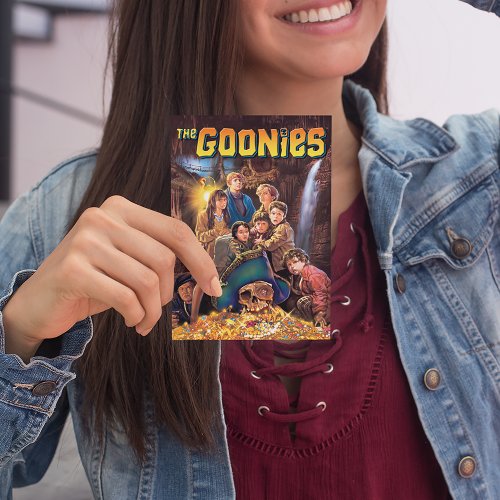

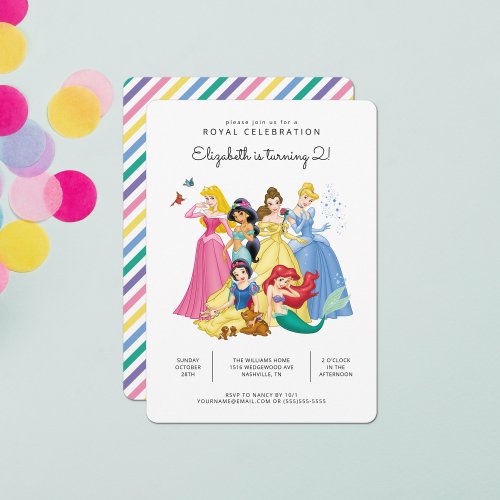
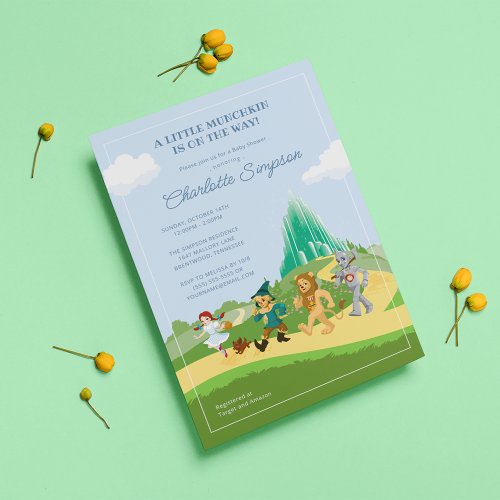
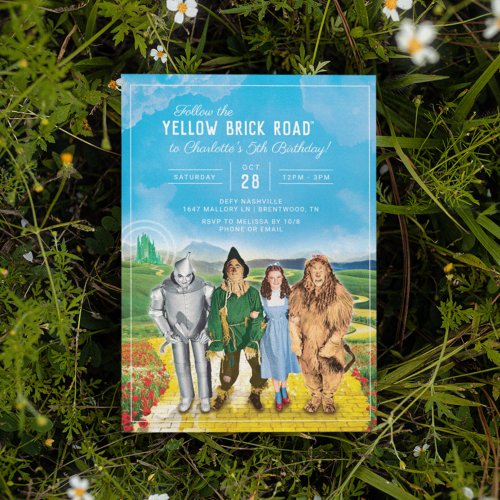

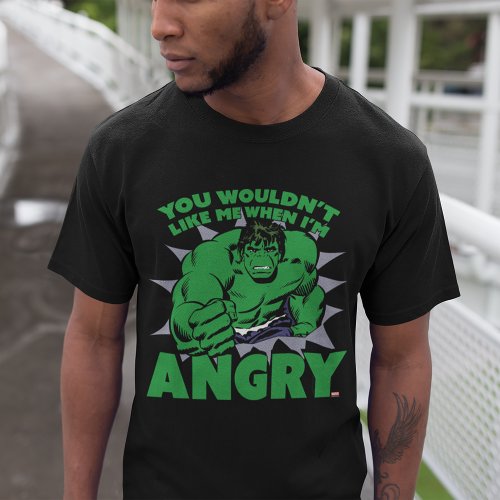

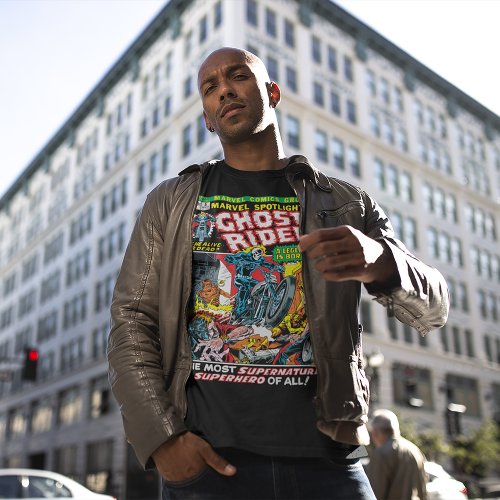




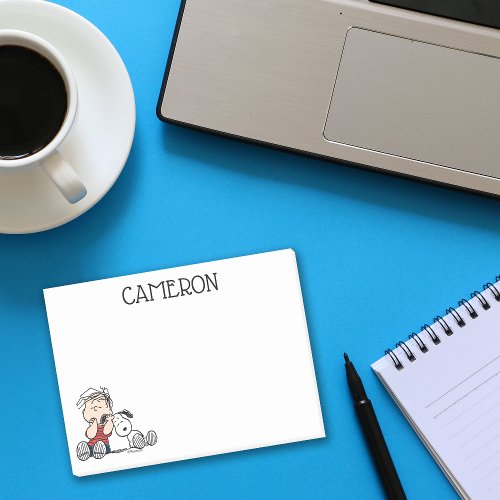

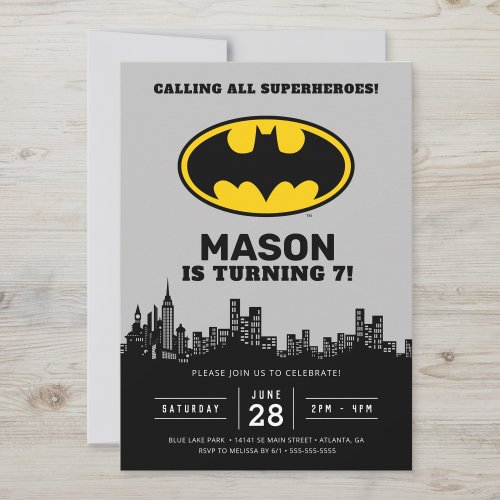


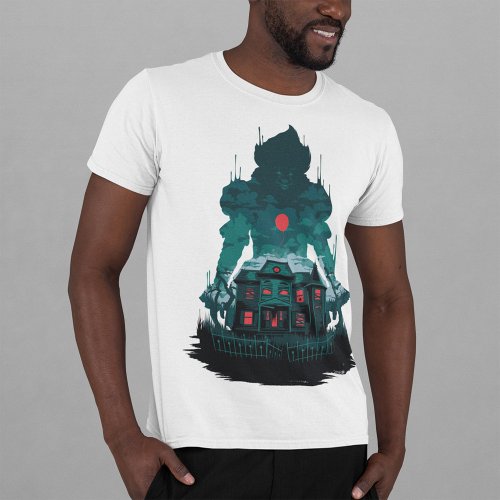

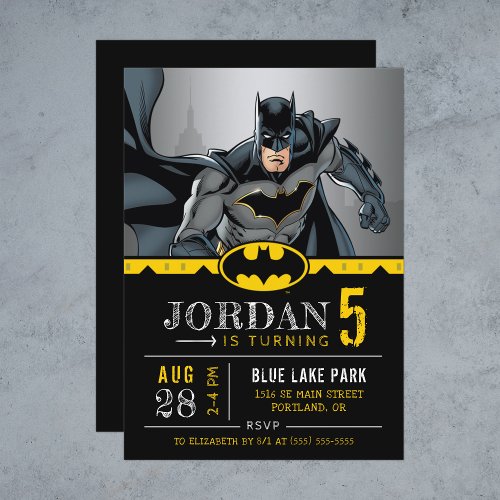
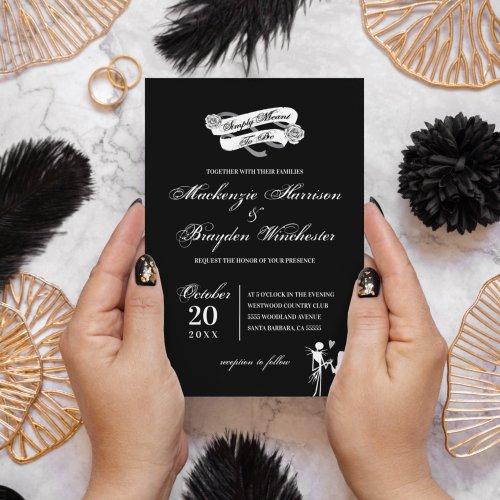

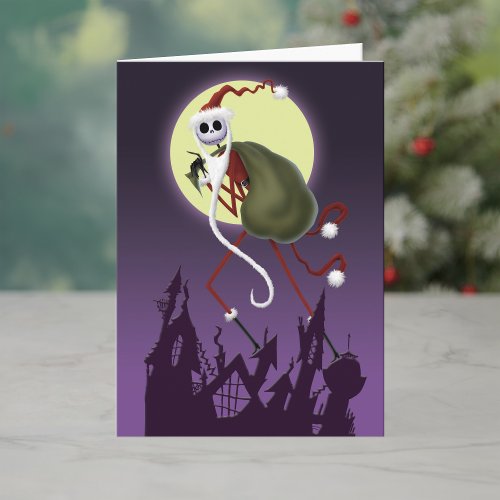

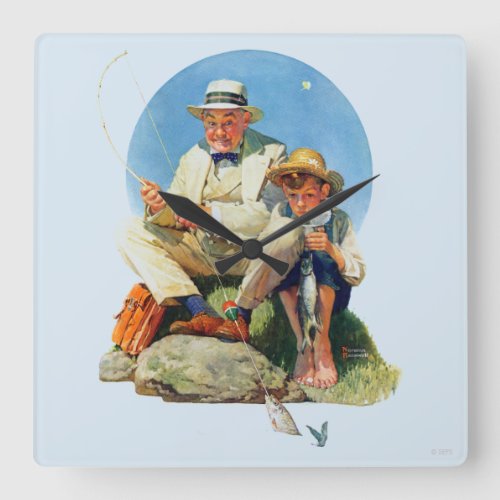
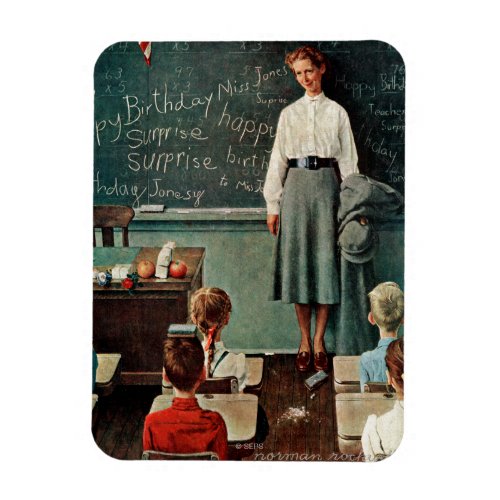
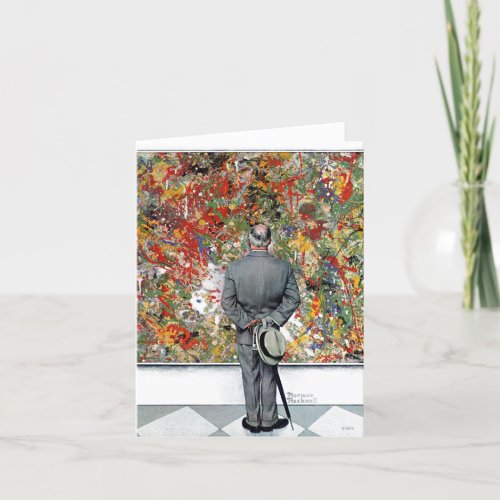
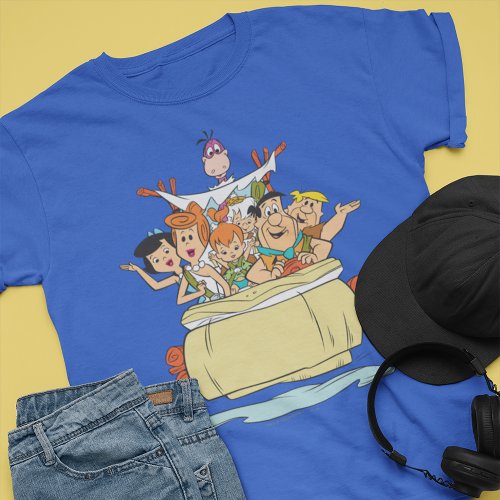



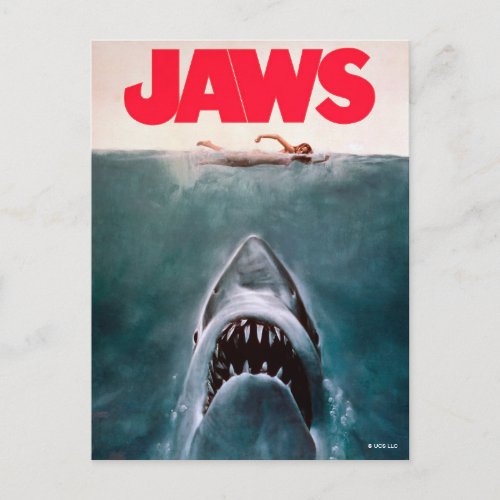







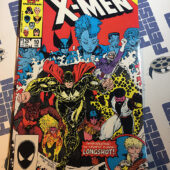
![Playboy Magazine (Vol. 17, No. 3, March 1970) Barbi Benton [1147]](https://www.filmfetish.com/img/p/2020/01/playboy-1147-01-170x170.jpg)
![Justice DC Comics (No. #11, June 2007) Alex Ross Cover [U18]](https://www.filmfetish.com/img/p/2021/07/justice-u18-01-170x170.jpg)
![Uschi Digard Sexy Suggestive Photo [220417-12]](https://www.filmfetish.com/img/p/2022/10/220417-0012-uschi-digard-13x19-web-170x170.jpg)




![DC Comics Alan Moore’s Watchmen Number 2 First Printing (October 1986) [12212]](https://www.filmfetish.com/img/p/2020/02/watchmen-comic-2-12212-01-170x170.jpg)
![Maxim Magazine The Ultimate Movie Issue (May 2009) Jennifer Love Hewitt Sexy Shoot [648]](https://www.filmfetish.com/img/p/2021/09/maxim-magazine-648-01-170x170.jpg)